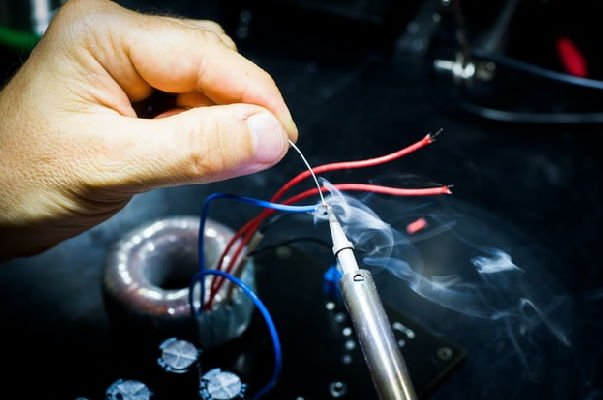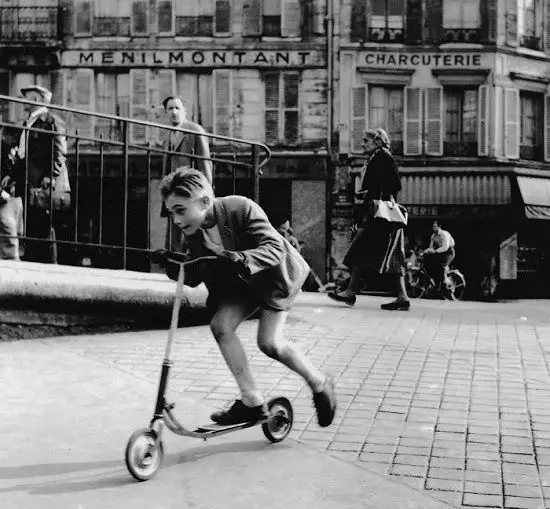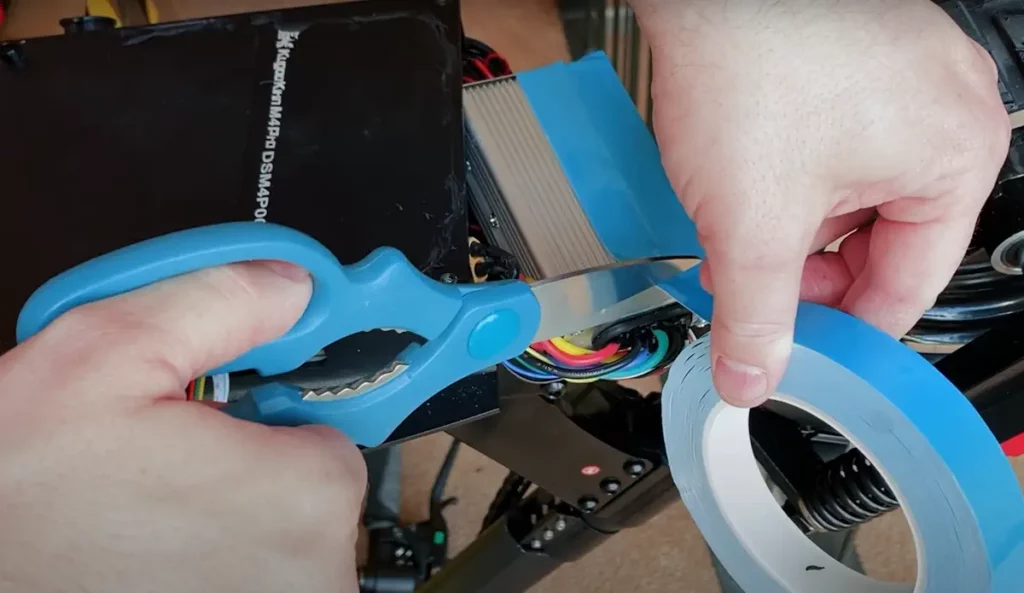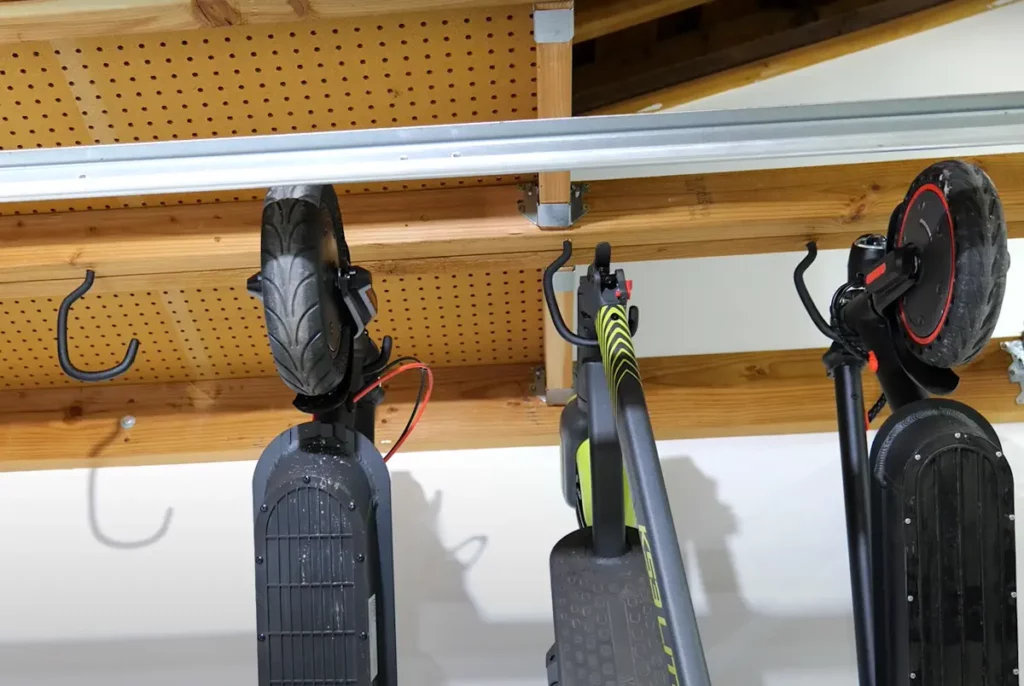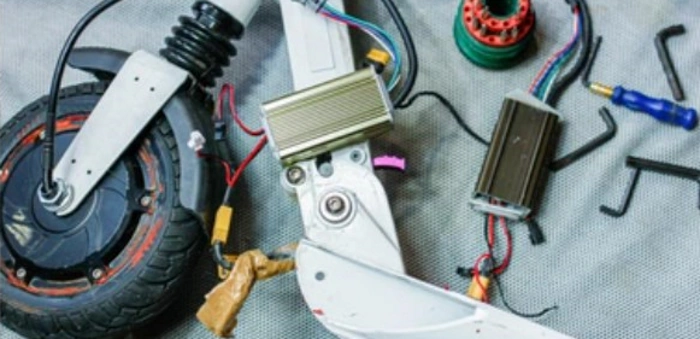
Electric scooters have made commuting so much more fun and convenient. However, like other vehicles, they are prone to issues that reduce their performance.
If you own an electric scooter, this electric scooter troubleshooting guide will prepare you with the needed skills and knowledge to handle any escooter problem that may come your way.
How to troubleshoot an electric scooter?
When an electric scooter isn’t working right, the problem is usually with one of its main components: battery, motor, throttle, brakes, or controller.
Let’s discuss how to troubleshoot each component one by one.
Troubleshoot the electric scooter battery
If your electric scooter battery is showing signs of decreased performance, e.g., reduced range, charging problems, etc., follow these steps to troubleshoot it:
- Ensure that the battery is securely connected to your electric scooter and that there are no loose connections.
- Inspect the physical condition of the battery and especially focus on the charging port and prongs. If any terminals are corroded or bent, they could be hindering power flow from the battery.
- Before testing the battery itself, completely charge it with its original charger from the manufacturer.
- In case the charger’s indicator light does not turn on, use a multimeter to check the output voltage of the charger. If the output voltage is zero or significantly less than the value mentioned in the scooter’s user manual, there may be a problem with the charger and not the battery.
- If the charger passes the checks mentioned in the previous step, continue to charge your battery until it’s full.
- If the battery is still not charging or is charging slowly, it may be faulty. Another indicator of a faulty battery is that it drains abnormally quickly.
- To make sure the problem is with the battery, measure its voltage with a multimeter. Just like you did for the charger, compare the value with the one mentioned in the user manual. If the measured value is significantly low, it might be time to get it checked by a professional.
- Keep in mind that if the battery is quite old and has run its course, there’s not much a professional will be able to fix. You’ll most likely have to go for a replacement.
Troubleshoot the electric scooter motor
Most electric scooter motors are pretty robust. However, if you’re constantly riding in the rain or riding over terrains more challenging than the motor can handle, the motor can break down.
Here’s what you should do to troubleshoot your electric scooter motor:
- Inspect the motor for any dust, debris, or rust. If you find any, clean it with a microfiber cloth. Also, look for any signs of physical damage on the motor.
- Check for any burning smell that could indicate burnt connections from the motor overheating. Try lightly pulling at the motor connections making sure not to disconnect them. If the wires are burnt, they’ll easily come out.
- If the connections aren’t burnt, see if they’re just loose. Tighten any loose connections to enable the proper flow of power.
- Keep an ear out for any unusual noises from the motor while it runs. These noises could mean the motor isn’t working properly and needs to be checked.
- If your motor has brushes, they may have worn out over time and now be causing issues. Inspect them for any damage and replace them if needed.
Troubleshoot the throttle
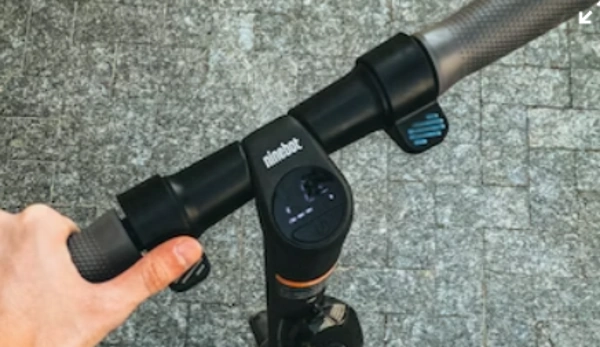
If you’re having problems riding your electric scooter on throttle mode, you can easily confirm if the component is faulty by using a multimeter.
Here are the steps.
- Disconnect your throttle from the electric scooter. Most of the time, the electric scooter throttle will have two color-coded wires: red for positive and black for negative. Sometimes, the color coding and the number of wires can be different depending on the model of your throttle, so always refer to its manual to verify which wire is positive and which is negative.
- Set your multimeter on the DC voltage setting according to an appropriate voltage range.
- Connect the red probe of the multimeter with the positive wire of the throttle and the black probe to the throttle’s negative wire.
- A zero voltage means your throttle isn’t working at all. If the meter does show a value, twist the throttle to see if the voltage changes accordingly. No change in the voltage value means there may be a problem with the throttle’s sensor.
In case of a more serious defect, you should ideally get the throttle checked by a professional. You could also try replacing the sensor yourself if you have the skills and tools.
Here’s a video to help you out:
Troubleshoot the controller
Since an electric scooter controller is almost always fitted inside the frame of the vehicle, the chances of it getting damaged are low. However, if you do feel that the controller isn’t working properly and is causing problems with your escooter, follow these steps.
- Inspect for any physical damage.
- Check for any loose connections that could be disrupting the flow of power.
- Use a multimeter to check the voltage of the controller and compare the measured value to its value mentioned in the user manual.
If the controller passes all these checks, it’s probably not the one causing issues.
Troubleshoot the brakes
Reduced braking performance during your ride usually means the electric scooter brakes need to be repaired or replaced.
Here’s how you can troubleshoot the brake system to find out what’s causing the problem:
- Make sure the brake lever is in the right position. You should be able to pull and release it completely while you ride without it getting stuck in the middle.
- Check to see if the brake pads have gone through any wear and tear. If they’re damaged, replace them with new ones.
- Do the same with the cables of the brake system. Look out for any tears in the protective outer covering.
- If the wheels of your electric scooter don’t stop as soon as you apply brakes, adjust the brake tension.
- Loss of braking power could also mean you need to change your electric scooter’s brake fluid.
Common electric scooter problems and how to fix them
Now that we’ve covered how to troubleshoot each electric scooter component, it’s important to know when to troubleshoot what. You don’t have to troubleshoot all the components whenever there’s a problem with your escooter, just the one that makes sense.
I’m going to discuss some common electric scooter problems and how to fix them.
Why won’t my electric scooter turn on?
If your electric scooter isn’t turning on, take the minor troubleshooting steps first. Try to charge the electric scooter, maybe the battery’s dead. Have a look at the power switch to make sure it’s working right and not stuck.
Once you’re sure the power switch isn’t the problem, try checking the escooter’s fuse or circuit breaker. The fuse basically protects the electric scooter from damage in case of a power surge. If the fuse of your electric scooter is burnt, replace it, and you’ll have the scooter working in no time.
In case you still aren’t able to find the problem, test your battery pack to see if it’s dead. Also, test the charger. If you get a zero voltage reading from any of the two tests, you may have to replace that component.
Another reason that your electric scooter isn’t turning on could be a fault in the battery management system. A fault in the battery management system could affect the battery’s ability to charge properly, which in turn could prevent the electric scooter from turning on.
If it’s a minor issue, resetting the electric scooter will fix it. However, if the escooter still doesn’t turn on, you might want to get the BMS checked by a professional to get it fixed.
You can do it yourself too, but if you don’t have the needed technical skills, I don’t recommend it. A friend tried changing the sensor of his electric scooter throttle once and ended up burning the new sensor as well because he messed up the connections.
Why does my electric scooter turn on but not move?
This happened to my electric scooter once, and all I had to do was reset my electric scooter to fix it. However, if that doesn’t work for you, you could try some other fixes.
Some electric scooters have a safety mechanism that doesn’t let the electric scooter move if the brake lever is partially pulled. So make sure the brake lever is fully released, and then try running the electric scooter.
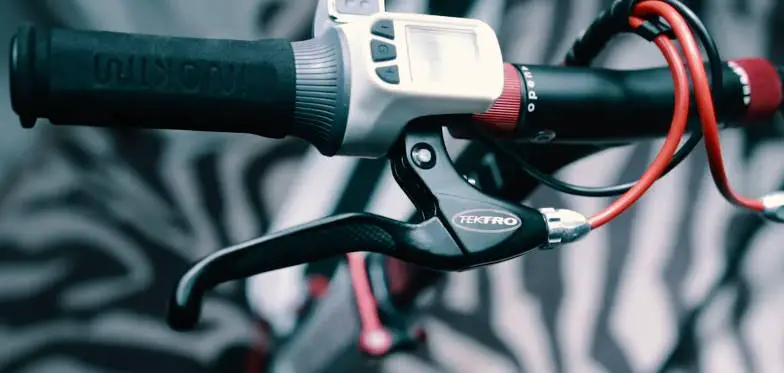
There are also electric scooters that have kill switches. These are designed for the rider’s safety and stop the motor from running even after the escooter is turned on. You can find the kill switch of your escooter by referring to its user manual. If the switch is activated, it’s probably what’s keeping your electric scooter from running.
If none of the above fixes work, try troubleshooting your electric scooter throttle and motor since these two components are primarily responsible for moving the electric scooter.
Why is my electric scooter going slow?
The most common reason for an electric scooter to go slow is an old battery pack. Escooter batteries tend to degrade over time, reducing performance. They drain quickly and aren’t able to provide enough power to the motor for it to work to its best potential.
You can easily confirm this by testing your battery with a multimeter. The best solution for an aged battery is to replace it with one from the same manufacturer as the original.
Most of the time, replacing your battery will fix the speed of your electric scooter. However, if the multimeter test shows the battery to be fine, there could be a problem with the motor.
Electric scooter accelerator not working
If your electric scooter isn’t accelerating as it should, the problem is most likely with the throttle or controller.
The throttle is responsible for sending acceleration signals to the controller. The controller, in response, adjusts the speed of the electric scooter accordingly.
Troubleshoot the throttle first because it’s easier to detach from the handlebars of an escooter and only move to test the controller if you find no issue with the throttle.
Electric scooter not working after rain
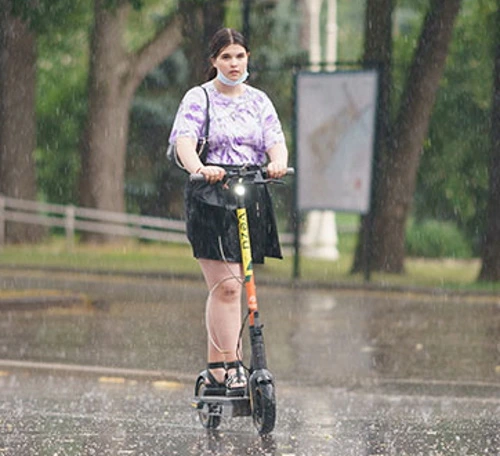
If your electric scooter has been exposed to rain for a long time, it may have suffered from some electrical or mechanical damage. The best way to fix this problem is by completely drying the escooter.
Use a microfiber cloth to dry all the electrical components, and make sure you don’t forget to dry all the electrical connections. Store the electric scooter in a dry and ventilated room for a few days to help with the drying process.
After you’re sure the electric scooter is dry, try turning the electric scooter on and check if everything is working fine. If it isn’t, you might have to take the escooter to a professional to determine the extent of the damage and how it can be repaired.
This is not a common defect, but it can easily happen. If you live in a rainy area, I suggest checking out my guides on the best waterproof electric scooters and how to waterproof an electric scooter.
Electric scooter not working after being charged
If your electric scooter isn’t working after being charged, the issue could be with the charger or battery. Test the charger with the multimeter to see if it needs to be replaced. If the charger is working fine, try deep charging your electric scooters for a good few hours.
In the case that the escooter still doesn’t work, troubleshoot the battery to see if it’s dead.


